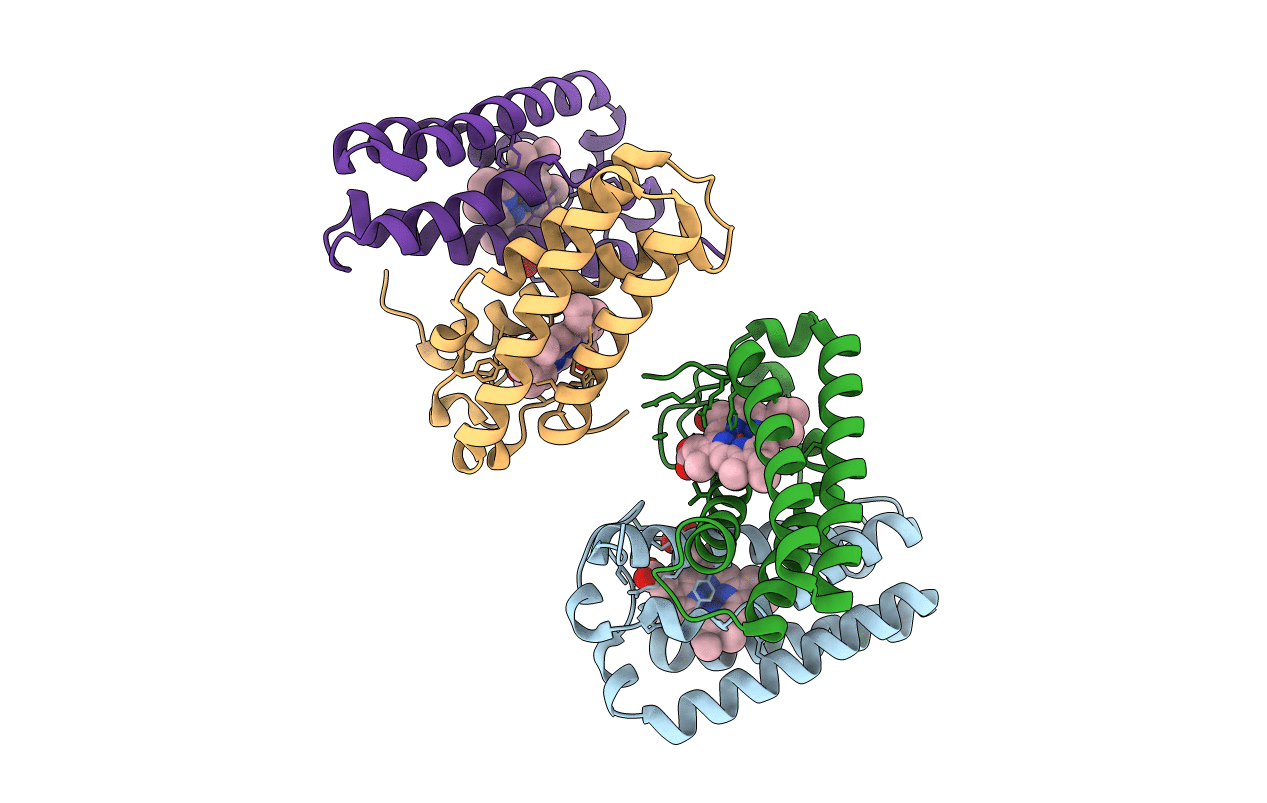
Deposition Date
2016-02-29
Release Date
2017-03-01
Last Version Date
2024-10-16
Entry Detail
PDB ID:
5B3I
Keywords:
Title:
Homo-dimeric structure of cytochrome c' from Thermophilic Hydrogenophilus thermoluteolus
Biological Source:
Source Organism:
Hydrogenophilus thermoluteolus (Taxon ID: 297)
Method Details:
Experimental Method:
Resolution:
1.89 Å
R-Value Free:
0.24
R-Value Work:
0.19
R-Value Observed:
0.19
Space Group:
P 21 2 21


